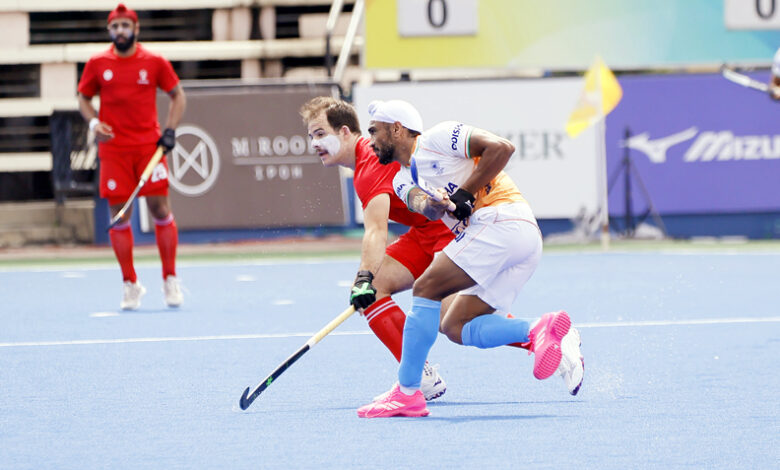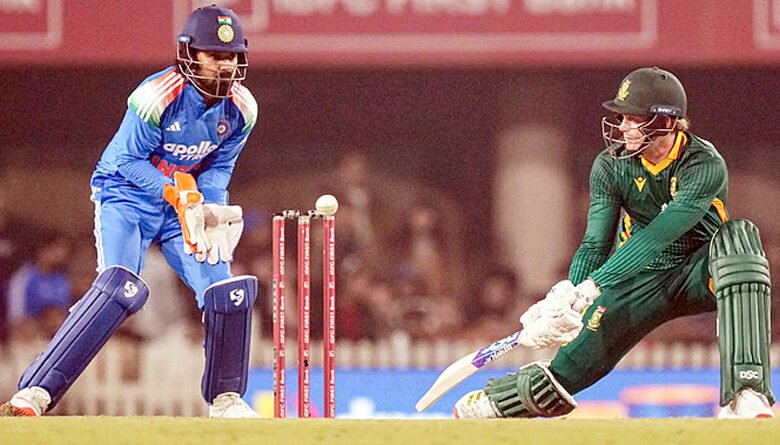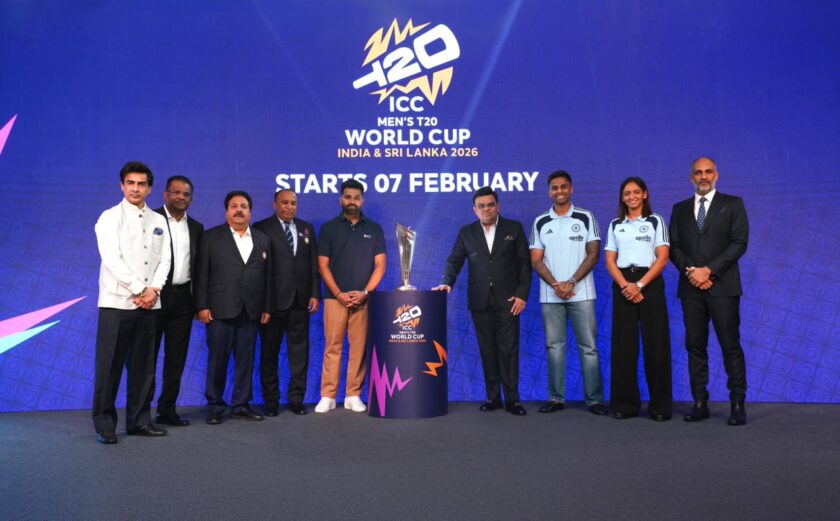Mumbai: SIS Pitches, a global leader in the design, manufacture, and installation of sports surfaces, launches a comprehensive ‘Guide to Cricket Pitch Systems’ aimed at informing stakeholders of the game about the various types of cricket pitches, their benefits, and the specific challenges they address. This guide, poised to become an indispensable tool for cricket administrators, ground staff, coaches, and players who are involved in cricket pitch management, provides in-depth knowledge and practical solutions for creating and maintaining high-quality cricket pitches.
SIS Grass, the independently researched and approved hybrid grass technology from SIS Pitches, has been setting new standards in cricket pitch technology globally since 2017. The hybrid pitches combine the best of natural grass with synthetic reinforcement, offering unparalleled durability and performance. India’s first-ever SISGrass hybrid pitch was unveiled in May this year at the picturesque Himachal Pradesh Cricket Association Stadium in Dharamshala.
The primary objective of ‘A Guide to Cricket Pitch Systems’ is to offer a detailed exploration of different pitch systems, highlighting their unique characteristics, benefits, and potential drawbacks. SIS Pitches aims to empower stakeholders with the knowledge necessary to make informed decisions that will enhance the quality and playability of cricket pitches across various levels of the sport.
Paul Taylor, former England cricketer and SIS Grass International Sales Director (Cricket), said, “ This guide is an educational resource for anyone involved in the management and upkeep of cricket pitches. In today’s fast-evolving cricket landscape, understanding the nuances of different pitch systems is crucial. Our guide provides comprehensive insights into natural grass, hybrid, and artificial pitches, detailing their specific advantages and challenges. It is designed to equip cricket administrators, ground staff, coaches, and players with the knowledge they need to make informed decisions that will enhance the quality and longevity of cricket pitches. By leveraging our expertise and cutting-edge technology, we aim to support the Indian cricket community in maintaining high-performance playing surfaces that meet the demands of modern cricket. Whether you are managing a local club or an international venue, this guide will serve as an invaluable tool in ensuring that your pitches are always in prime condition.”
Highlights of ‘A Guide to Cricket Pitch Systems’
TYPES OF DAMAGE:
1. Superficial Damage: Caused by gameplay, such as bowler’s foot marks and batters marking the guard.
2. Preparation Damage: Low mowing, extensive rolling, and heat exposure can severely damage the grass plant.
3. Covering Pitches: Reduces airflow and increases temperature, harming turf health.
4. Frequent Usage: Preparing pitches more than four times per season leads to significant potential deterioration.
TYPES OF CRICKET PITCHES:
1. Natural Grass Pitches are the traditional choice, offering an authentic feel with varying bounces and paces, making them widely accessible and approved for all competitions. They are also more affordable compared to other pitch systems. However, these pitches require frequent maintenance, which is heavily impacted by weather conditions. Their ability to accommodate extended hours of play is limited, and the recovery period can be slow, sometimes preventing reuse. Additionally, they are susceptible to diseases and pests, leading to maintenance challenges and potential disruptions in play.
2. Drop-In Pitches are versatile for multi-use venues, such as stadiums hosting various events, as they reduce surface damage. They allow for pitch preparation in controlled conditions, ensuring consistency, and can be protected from adverse weather when maintained off-site. However, they come with a high initial cost and a complex, time-consuming installation process. They do not offer additional hours of play compared to natural grass pitches and provide less time to prepare pitches for specific playing characteristics, reducing the home advantage.

3. 100% Artificial Carpet Pitches are cost-effective with low initial installation costs and require less maintenance, needing only basic upkeep and periodic surface re-levelling. They are also capable of withstanding adverse weather conditions. On the downside, they are not suitable for professional cricket and can offer an inconsistent playing surface, with unusual bounces for fast and spin bowlers. The creases can tear if inappropriate footwear is used, and they lack the traditional variability, resulting in uniform bounces and paces.
4. Carpet Hybrid Pitches show less wear and better recovery, with the adaptability to be integrated into new and existing pitches. However, they can take up to 20 months to become playable, and their performance results are still being evaluated. They have a shorter lifespan compared to stitched systems and can be easily damaged due to the 50mm carpet height.
5. Artificial Hybrid Pitches require minimal maintenance and are quick to install and prepare for matches. They can simulate variations in bounce, seam, and spin. However, they do not contain any natural grass, lack the traditional look of a cricket pitch, and are costly to remove and dispose of in an environmentally friendly manner.
6. Stitched Hybrid Pitches offer proven longevity and excellent return on investment. They ensure faster grass recovery after matches and maintain a consistent playing surface, supporting extended hours of play. They also ensure strong grass coverage and visual appeal. However, they require approximately 10% more water for preparation, take 3-8 weeks to be ready for use depending on climatic conditions, and curators need time to slightly adjust preparation methods.
Each type of pitch system offers unique benefits and addresses specific challenges, tailored to the diverse needs and circumstances of the cricket community. This comprehensive understanding will enable stakeholders to make informed decisions, enhancing the quality and longevity of cricket pitches.





